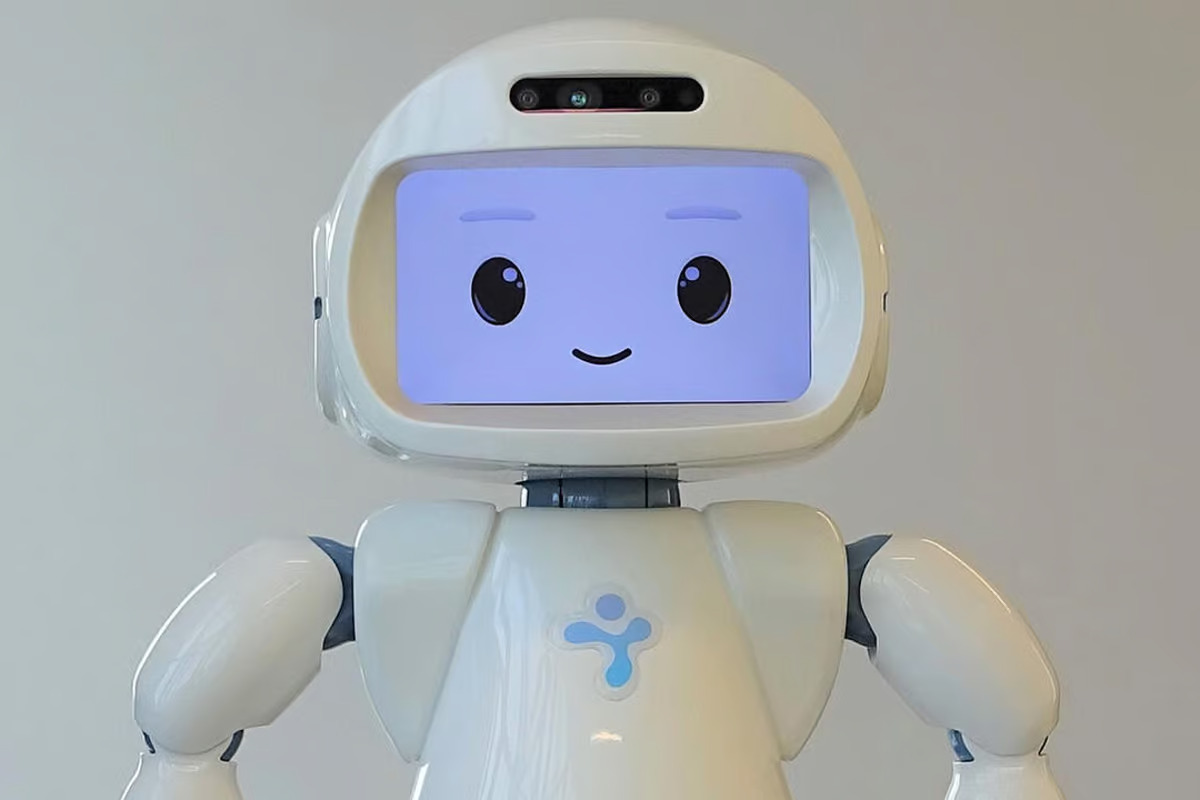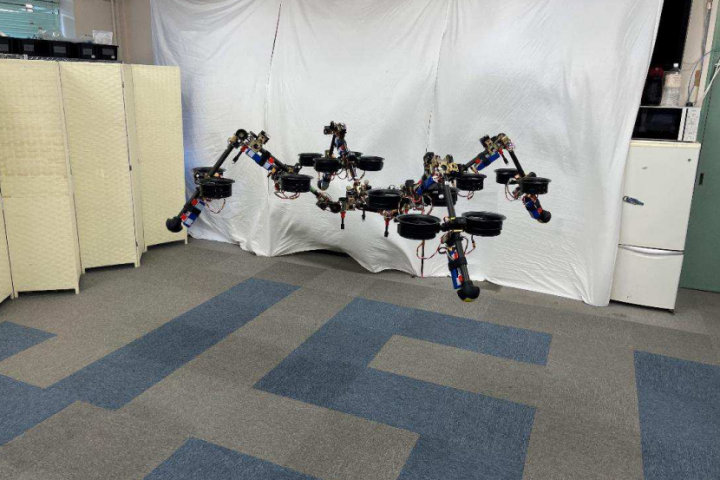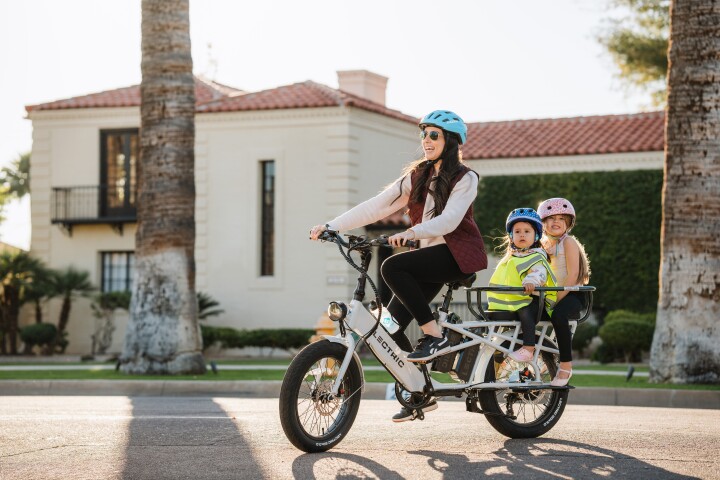 A Canadian study has found that the use of a social robot in the classroom can help children with learning disabilities stay on-task. University of Waterloo
A Canadian study has found that the use of a social robot in the classroom can help children with learning disabilities stay on-task. University of Waterloo
Learning disabilities cause students to be prone to distraction, meaning that they can struggle to stay focused on a task, become fidgety, and refuse to complete work. One-on-one interventions have been shown to benefit students with LD.
While researchers have studied the introduction of social robots into the classroom to provide personalized support to children with and without LD, most of the previous research has focused on children with autism spectrum disorder (ASD). Few studies have been undertaken on using robots to assist children with LD in the educational setting.
Enter three engineering researchers from Waterloo University in Ontario, Canada, two experts from the Learning Disabilities Society, in Vancouver, Canada and QT, a humanoid robot.
QT was “born” in 2016. The brainchild of scientists Dr Pouyan Ziafati and Dr Aida Nazarikhorram, QT was the first robot developed specifically as a tool to assist children with ASD. It can gesture with its head and arms, display facial expressions, and speak. Funded by the University of Luxembourg, the pair founded LuxAI, which develops and constructs social robots. Ziafati and Nazarikhorram discuss their robot in the video below:
–
Building on earlier research, the team wanted to analyze how students with LD engaged with a social robot and how introducing a robot into the classroom impacted students and teachers.
Sixteen students between seven and 12 years of age with a suspected or confirmed diagnosis of LD and known to have difficulty with reading participated in the new study. Eight had sessions with the QT robot, while the other eight acted as controls.
The researchers developed a web application interface for instructors, providing a protocol for the students that included warmup activities, games, and breathing exercises. The application was loaded onto a tablet, allowing instructors to control the QT robot.
While instructors controlled the robot, QT acted autonomously when triggered by the instructor. The robot set goals and, if the student was getting off-track, used strategies like games, jokes, breathing exercises and physical movement to redirect the student’s focus.
Instructors recorded their interactions, including whether the session’s educational goals had been achieved, the amount of time students spent off-task, and the redirection strategies used. Students were able to provide feedback about their experience with the robot.
The study showed that the students who partook in sessions with QT engaged in fewer off-task behaviors and showed greater engagement. The students perceived the robot as friendly, intelligent, and enjoyable and would be willing to engage with QT in future sessions.
Feedback from the instructors demonstrated that, to a large degree, they found the robot’s intervention effective and helpful in maintaining the students’ focus and engagement.
“There is definitely a great potential for using robots in the public education system,” said Dr Kerstin Dautenhahn, a professor of electrical and computer engineering and an author of the study. “Overall, the findings imply that the robot has a positive effect on students.”
Further studies using QT are planned to further investigate the utility of robot-assisted learning for children with learning disabilities.
The study was published in the journal Social Robotics.
Source: University of Waterloo
























